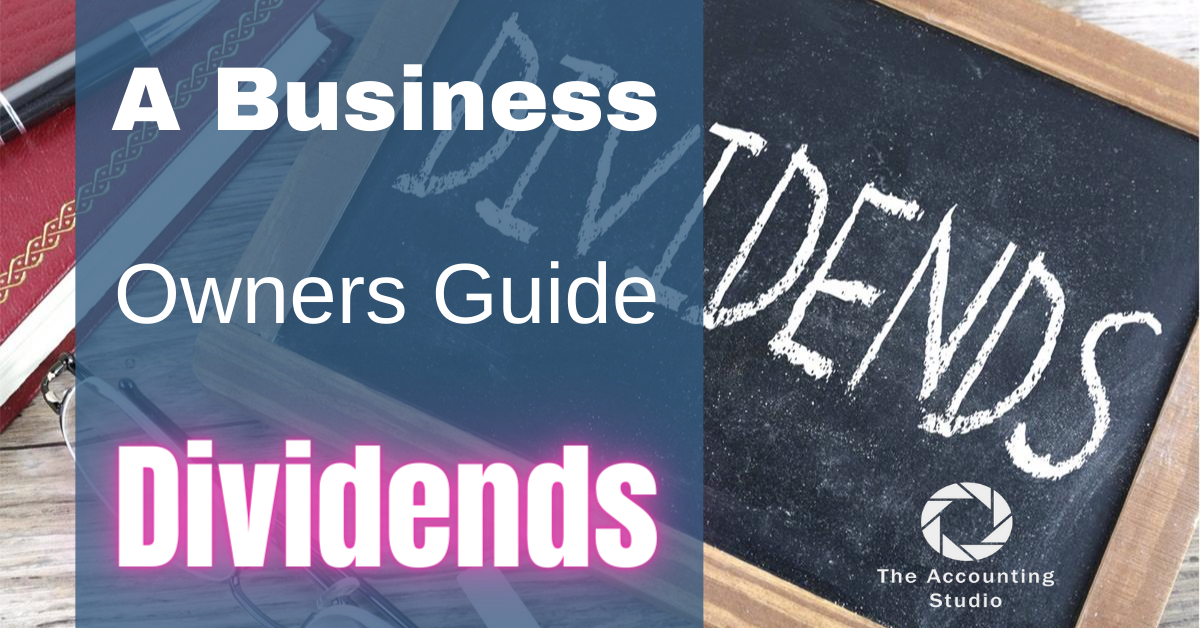
What is a dividend?
A dividend is a way of the company paying out its profits to its shareholders. They are paid out of “distributable profits” of the business, which broadly means the accumulated profits of the company that have not yet already been paid out to shareholders. This means that when you pay a dividend it is paid from profits where corporation tax has already been charged, even if the corporation tax has not yet been paid.
How are dividends taxed?
As mentioned above, dividends are paid out of “post tax profits” – i.e. after corporation tax is paid. Unfortunately that does not mean that personal tax is not also due. By the time dividends are ready to be paid they will already have suffered corporation tax of 19% (at the time or writing).
When dividends are paid to individuals they are taxed a second time, and here is how:
- The first £12,570 (2022/23) of income that you earn from all sources is exempt from income tax. If you’ve had salary or interest as well, this will use up this band first. Whatever is left after salary and interest can be used against your dividends. This first £12570 is tax free
- Dividends also have a special band call the dividend allowance which means that for the next £2000 you will not pay any income tax as well, however it does use up some of your basic rate band (see below).
- After this, for the rest of the basic rate band you will pay only 8.75% on your dividends
- In the higher rate band, you will pay 33.75% dividend tax and above that, it starts to get super complicated so it’s worth calling us to discuss.
How do I make a dividend?
In order for a dividend to be legally sound there are certain formalities that need to be undertaken. Broadly, they need to be declared, and authorised correctly, they need to be calculated correctly (so that in a normal situation a 75% shareholder would receive 75% of the total dividend, and a 25% shareholder would receive 25% of the total dividend), and they need to be paid and documented correctly.
HMRC is interested in whether the payment is genuinely a dividend or not. If the correct company law procedures have not been followed then any payments may be treated as salary, bonus or director’s loan – these may incur higher tax rates, NI costs and could also result in the issuance of a penalty for not submitting your payroll correctly, hence HMRC’s interest. Its important therefore to get the paperwork right and to ensure that there is no ambiguity over the status of any payment made to you
Legal
Interim vs final
There are basically two types of dividends – an interim dividend, which the directors declare, and a final dividend which the directors declare but which is then voted on by the shareholders. The key distinction is related to the deemed timing of the dividend. The date of an interim dividends is deemed to be when the dividend is paid, however, with final dividends it is when the dividend is approved. This matters for the timing of dividends around tax year ends.
Resolutions
Both types of dividends will require a board resolutions, however a final dividend also requires a shareholders resolutions as well.
Dividend Voucher
A dividend voucher is effectively a receipt that the company issues for the dividend. It’s the final formality required in terms of paperwork to make a dividend legitimate
Practical
Distributable profits
You can only make dividends out of distributable profits. If you try to make a dividend where you do not have enough profits to do so it would be considered an “illegal” dividend and be treated either as a loan to the shareholder/director, or as wages. Both have nasty tax consequences so it is important to check you have enough funds to do this. Don’t forget to take account of what corporation tax you may need to pay when considering this.
Dividends to multiple shareholders
Unless you have set up an alphabet share structure, or something similar, the default position is that dividends should be paid out according to each shareholders ownership percentage. Where there is one shareholder, this is unproblematic. However where there are multiple shareholders, there can sometimes be the temptation, for tax purposes to pay different levels of dividends. This can cause some major issues from a tax perspective, particularly if the other shareholder is a family member.
It is possible to do this but it is an area where HMRC have had a lot of success in challenging businesses and therefore before taking any such action its important that you take appropriate advice.

